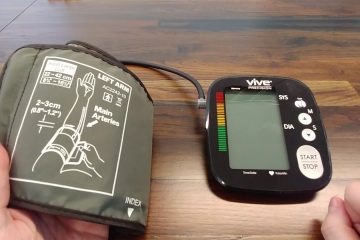Understand and Address Impacted Canine Teeth

Every tooth need to erupt properly, so you maintain better oral hygiene and health. Sometimes, a tooth gets trapped on its way through your jawbone. The condition is medically called impaction. In this post, let’s focus on impacted canine teeth and understand why they occur.
Canine teeth are the pointed teeth located near the front of your mouth. They help to speak, bite, and tear.
Sometimes, the impacted canine teeth fail to completely or partially erupt through your gumline into its designated position within the dental arch.
Reasons for impacted canine teeth
- Lack of space: Insufficient jaw space is a common reason. Some people with small jaws struggle with a lack of space. They experience teeth crowding, which prevents the canine from emerging properly.
- Abnormal tooth development: Occasionally, the angulation or size of your canine tooth can obstruct its eruption journey.
- Extra teeth: In some people, extra teeth are presented [supernumerary teeth], which can hinder canine tooth eruption.
- Developmental issues: Certain developmental problems can impact jaw growth and tooth eruption, impacting canines.
Signs and symptoms of impacted canine teeth
- Delayed eruption
Permanent canine teeth erupt when you reach 11 to 12 years. A significant delay in eruption, especially when the opposite canine has erupted, can be a sign of impaction.
- Visible crowding
Crowding of other teeth, especially near the canine area, may indicate a lack of space for the canine to come out.
- Persistent baby canine
Some baby canine teeth don’t fall out within the expected time for permanent canine eruption. This can be due to an impacted permanent canine beneath it.
- Facial asymmetry
Severe impaction can cause noticeable asymmetry in your facial contour.
- Pain or discomfort
Sometimes, impaction can cause tenderness, swelling, or pain in the affected area.
Early detection of impacted canine teeth allows for optimal treatment outcomes. So, if you identify any of the above indications, call SBK Orthodontics and book an appointment.
The orthodontist will use X-rays to diagnose the reason for impaction and its severity.
The treatment options will depend on –
- Your age
- Severity of impact
- Overall condition of your teeth
Here is an overview of potential treatment approaches.
- Observation
In mild cases, the dentist will monitor your situation with regular X-rays.
- Braces
For young patients with developing teeth, orthodontic braces treatment will help create space for the impacted canine teeth to erupt properly. A small bracket and chain are applied to the impacted tooth to guide it gently into its correct position.
- Exposure & braces
Surgery may sometimes be needed to create a path for eruption. It is followed with braces to align the tooth definitively.
- Tooth extraction
Extraction may be necessary if the misalignment of the impacted canine tooth is severe or a risk to other teeth. It is, generally, the last solution because canine is crucial for oral function and aesthetics.
If the impacted canine teeth issue is left untreated, it can damage the adjacent teeth or you can suffer from cyst formation. So, if you suspect an impacted canine tooth, visit your dentist for corrective treatment.









